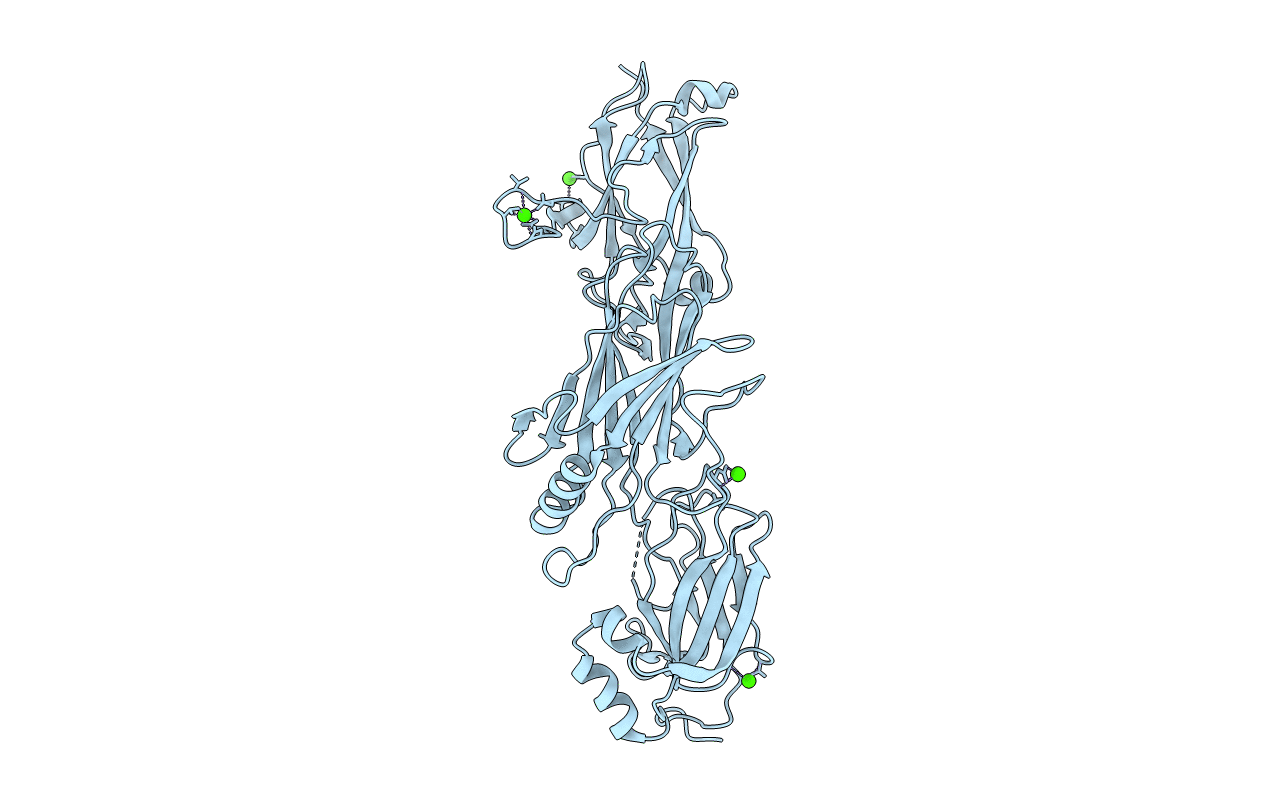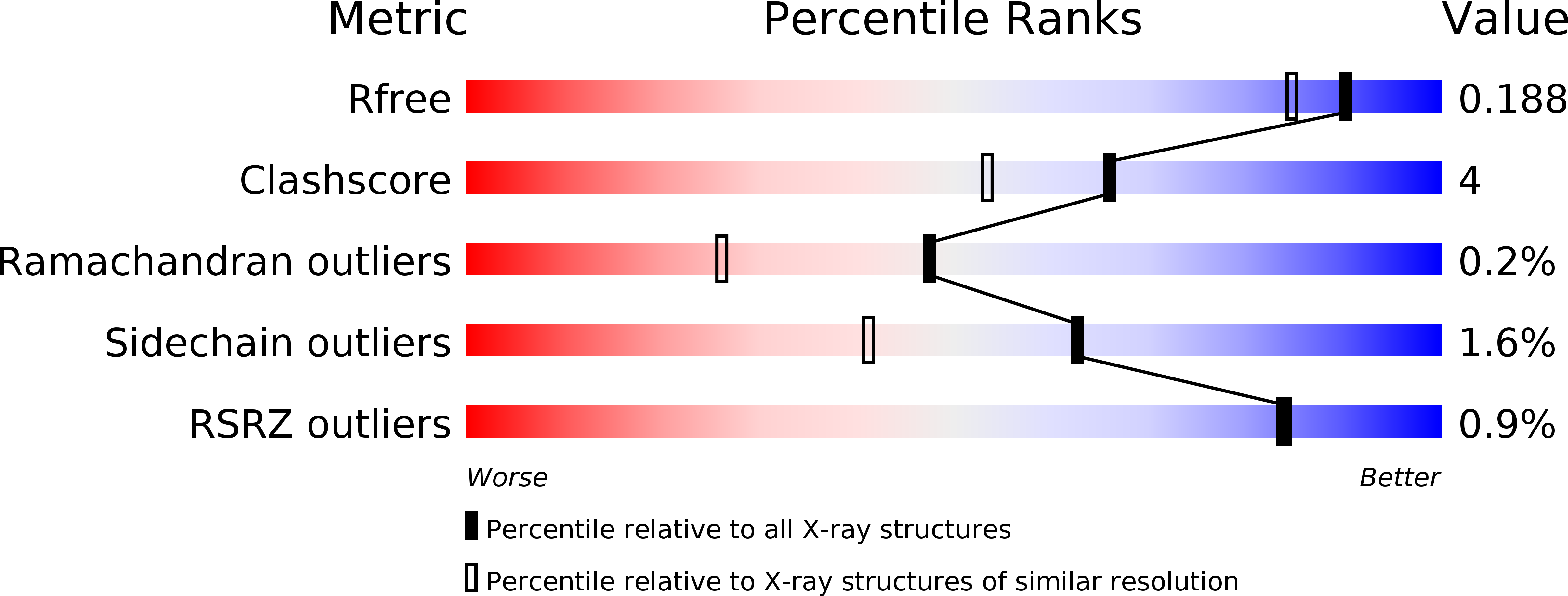
Deposition Date
2011-12-05
Release Date
2012-11-28
Last Version Date
2024-11-06
Entry Detail
PDB ID:
3UXF
Keywords:
Title:
Structure of the fimbrial protein FimP from Actonomyces oris
Biological Source:
Source Organism:
Actinomyces oris (Taxon ID: 544580)
Host Organism:
Method Details:
Experimental Method:
Resolution:
1.60 Å
R-Value Free:
0.19
R-Value Work:
0.16
R-Value Observed:
0.17
Space Group:
P 21 21 2


